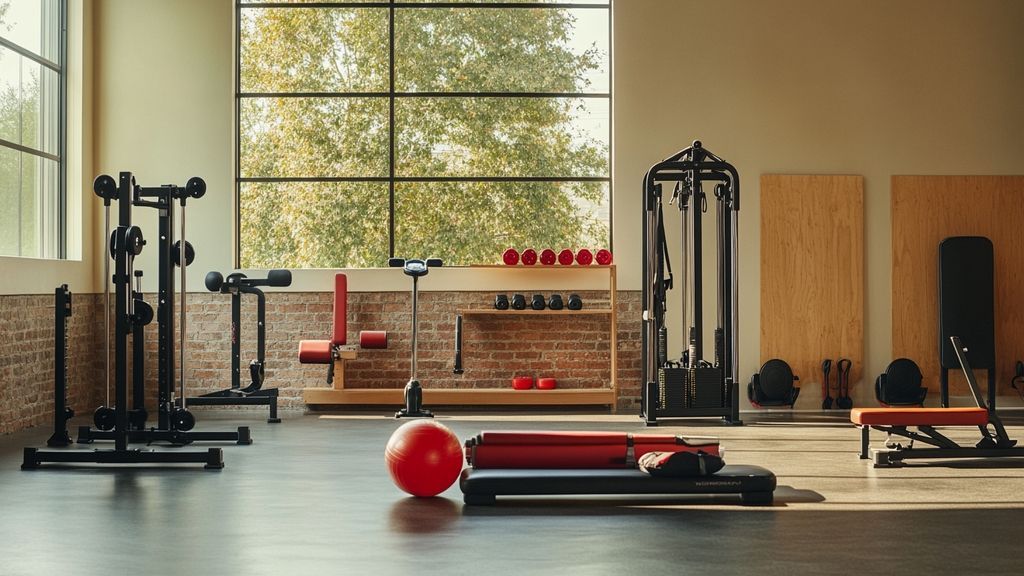The world of fitness offers various methods and philosophies that cater to the individual or the collective. Among them, CrossFit stands out for its unique approach, particularly when comparing team workouts to solo training sessions. Understanding these differences can significantly influence one’s fitness journey, especially for those who want to maximize their results and enjoyment. While both approaches have merits, exploring the distinct impacts of training alone versus in a team can help athletes make informed choices tailored to their goals.
Team workouts create a dynamic environment that fosters camaraderie and shared experience, which can enhance motivation and make training more enjoyable. Conversely, solo workouts allow for personalization and distinct focus on individual fitness goals. This article delves into the differences, advantages, and limitations of both team CrossFit workouts and solo training, ultimately allowing individuals to decide what best fits their lifestyle and ambitions.
The Essence of Team Workouts
Team workouts in CrossFit are designed to harness the power of collaboration. When multiple athletes come together, they form a community that supports and pushes each other to achieve personal and collective goals. Engaging in synchronized routines or collaborative challenges creates an atmosphere where competition thrives, both amongst individuals and teams. For example, CrossFit challenges can lead athletes to tap into reserves of strength and endurance they may not have known existed.
The Power of Camaraderie
One of the most significant advantages of team workouts lies in the sense of camaraderie they foster. Working alongside others can offer a robust support system. Team members celebrate victories together, share in struggles, and help each other push through when motivation wanes. This dynamic often leads to increased accountability, as members encourage attendance and consistent effort, making the journey more fulfilling. Even when faced with challenging workouts, the joy of sharing the experience often turns a tough training session into an opportunity for fun and laughter.
Training Challenges and Development
Team training also emphasizes the necessity of developing communication skills and adaptability within high-pressure environments. Gaining proficiency in working as a unit challenges athletes to establish coherence in movements and bolster leadership qualities. Participating in team drills focuses on timing and precision, allowing each member to harness their strengths and manage their weaknesses. In competitions, effective communication and teamwork significantly influence performance outcomes.
Solo Training: A Personalized Experience

On the flip side, solo workouts offer a different avenue for athletes keen on carving their unique paths. With individual training, the focus shifts to personalization, allowing athletes to tailor their routines to specific goals and preferences. Such an option can be particularly appealing for those who enjoy honing their techniques without the distractions of a group environment. Despite the absence of instantaneous support from a team, many athletes find serenity and fulfillment in pursuing their personal best in solitary circumstances.
The Flexibility of Solo Workouts
Solo training grants complete liberation over workout schedules and goals. Athletes can dictate their pacing, intensity, and focus based solely on their desires. This autonomy empowers individuals to explore their fitness passions at a pace that suits them, whether that involves pushing limits or opting for lighter sessions. However, self-regulation can be a double-edged sword; while independence fosters growth, it can also lead to reduced consistency or motivation without external encouragement.
Self-Reflection and Personal Growth
A solitary fitness journey can also lead to profound self-discovery. Training alone often allows for reflection, enabling athletes to tap into their intrinsic motivation, develop discipline, and cultivate strategies for overcoming challenges. This process not only strengthens physical capabilities but also empowers mental fortitude. Many athletes report that individual training enhances their mental health by reducing stress levels and promoting clarity through intense focus.
Comparing Team Dynamics and Solo Experiences
While both training methods are effective, they offer varied experiences and outcomes. Team workouts promote a culture of mutual motivation and shared success, with a reliance on collaboration largely influencing the training experience. Conversely, solo workouts advocate personal accountability, focusing heavily on self-direct motivation, discipline, and progress tracking. Each method carries potential benefits that can complement the other as well.
A hybrid approach can balance the strengths of both modalities. For instance, participating in team workouts twice a week while incorporating solo sessions for specific skill development can yield the greatest overall benefit. This balance not only enhances fitness levels but also provides a well-rounded athletic experience, allowing individuals to engage both socially and introspectively in their journey.
Benefits of Hybrid Training Approaches
Integrating team sessions into solo training cultivates a richer experience, encouraging athletes to explore their limits within a supportive framework. Additionally, weekend team challenges or community events can offer opportunities for solo athletes to connect and learn from peers. The knowledge exchanged in these settings enhances individual performance while also promoting community engagement and healthy competition.
Conclusion: The Path Forward

CrossFit can be embraced in many ways, catering to the diversity of preferences among athletes. Whether one prefers the supportive environment of team workouts or the independence of solo training, understanding the compounding benefits of both approaches is paramount. Experimenting with varied training styles can illuminate the best path for any individual. As fitness enthusiasts continue to explore their journey, the goal remains the same: maximizing potential while enjoying the process.
